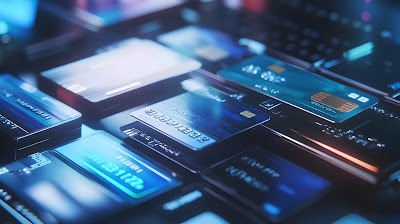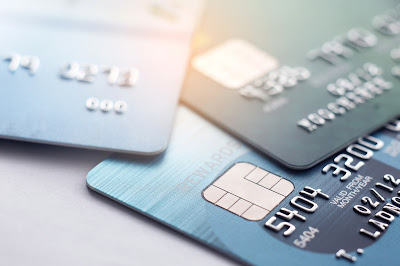Credit card transaction processing directly impacts a business’s ability to provide convenient and secure payment options for customers, which can affect sales, customer satisfaction, and overall growth. Finding the optimal credit card processing system offers several benefits in these areas, including:
Enhanced customer experience
By offering a simple, convenient credit card payment experience, businesses can meet the evolving needs of their customers, leading to increased customer satisfaction and loyalty. The benefits are even greater with a unified commerce model, where businesses integrate all sales channels, data, and backend systems into a single, seamless platform.
Increased sales and revenue
Credit card payments can boost sales for businesses by lowering the barriers that customers face when making a purchase. Generally, customers spend more when using credit cards compared to cash. Accepting credit cards also enables businesses to accept payments in different currencies without needing to deal with conversion, further expanding their market reach.
Improved cash flow
Credit card transactions are typically settled and deposited into the business’s bank account within 1–3 business days, resulting in faster access to funds compared to other payment methods such as checks.
Secure and compliant transactions
A strong credit card processing system helps protect both the business and its customers from fraud and data breaches by adhering to security standards such as PCI DSS. This compliance is important for safeguarding sensitive customer information and maintaining trust.
Competitive advantage
Accepting credit card payments and providing a simple payment experience can give businesses a competitive edge over competitors that do not offer these options, helping them attract more customers and increase their market share.
Cost optimization
By carefully selecting the right credit card processor and negotiating favorable rates and fees, businesses can streamline operations, minimize processing expenses, and maximize their cost margins.
Access to valuable data and insights
Credit card processors often provide detailed transaction data and reports, allowing businesses to track sales, identify trends, and make data-driven decisions that can optimize their operations and marketing strategies.
Reduced risk
By accepting credit cards, businesses can minimize the risks associated with handling large amounts of cash, such as theft, loss, or mismanagement.
Adaptability
A thoughtfully designed credit card processing system enables businesses to embrace flexibility and adapt to new payment technologies, such as contactless payments or digital wallets, helping them stay ahead of industry trends and cater to evolving customer preferences. Setting up a credit card processing system in a strategic way enables businesses to access these benefits and create a more robust, adaptable foundation for growth and stability.
Working with a strong payment processing provider will help ensure that your credit card transaction processing system is tailored to your needs while allowing you to provide a secure, efficient, and compliant customer experience. Source











